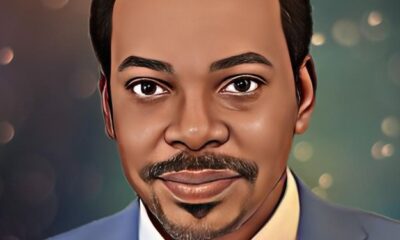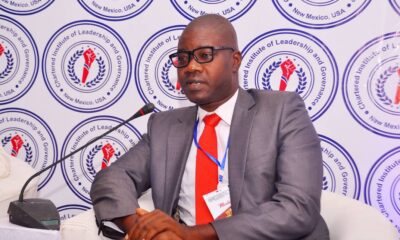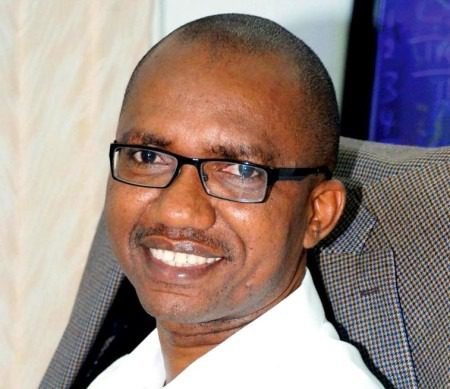Article of Faith
“When the Pope hugged me I felt like I was in paradise.” -By Omokugbo Ojeifo
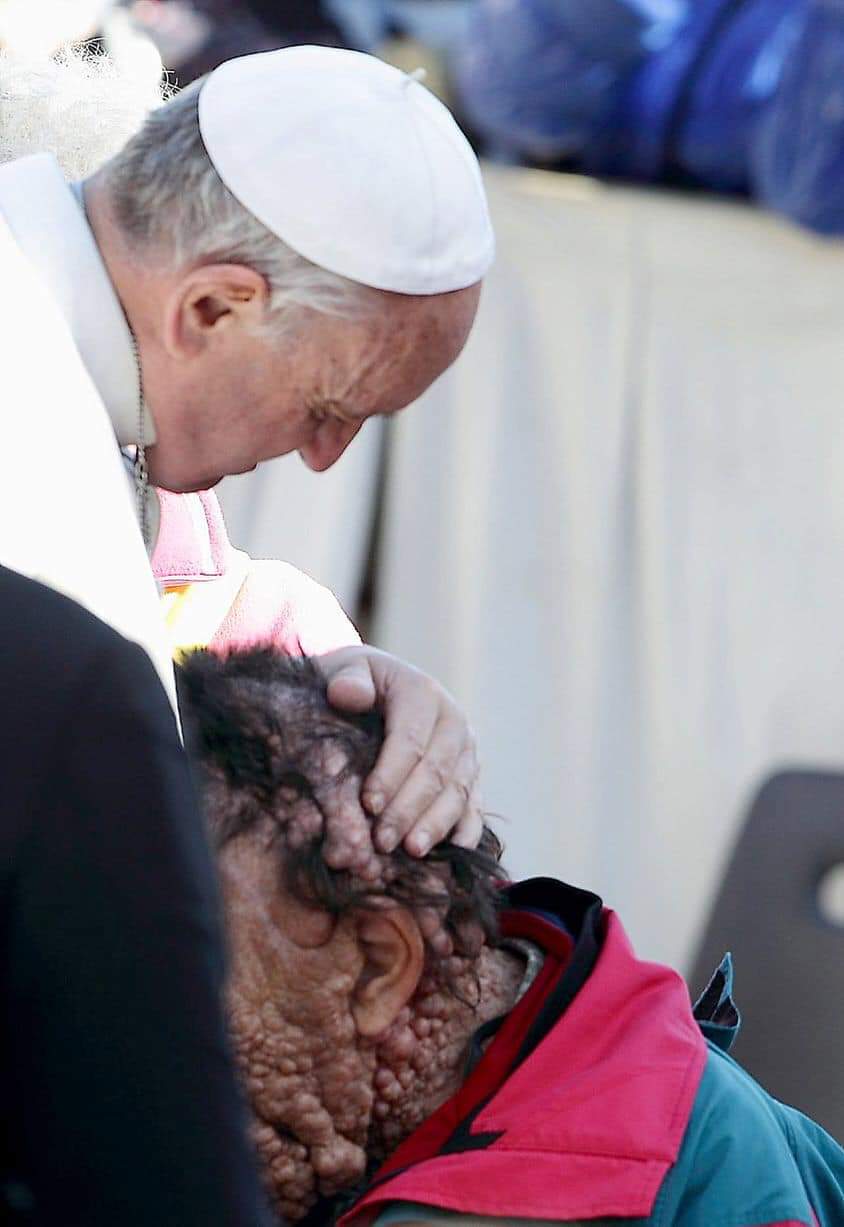
On Wednesday, November 6, 2013, barely eight months after his election, Pope Francis was driving in his popemobile around St Peter’s Square to greet the thousands of pilgrims after his General Audience, when he caught sight of a man whose whole body was covered with sores. Within minutes, photo images of Pope Francis embracing and kissing this man on his forehead made the international headlines.
Vinicio Riva, the man in question, described his experience this way: “My heart was bursting. When the Pope hugged me, I felt like I was in paradise.” Vinicio is an Italian man suffering from a genetic skin disease called Neurofibromatosis. He lives in a small village near Vincenza in northern Italy with his younger sister Morena who is also suffering from the same genetic disorder. Their mother also suffered from the same disease. The disease results in numerous painful tumors, which left Vinicio’s body completely covered with swellings. He often wakes up in the morning with his undershirt stained with blood from the itchy sores.
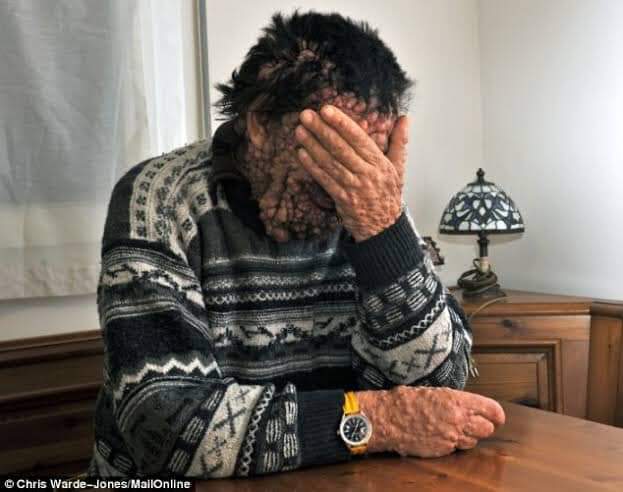
When Vinicio spoke to a journalist, he said that what struck him the most was the fact that Pope Francis did not hesitate to touch him. “He caressed my whole face and while he was doing it, I felt only love. First, I kissed his hand, while he caressed my head and wounds with his other hand. Then he pulled me towards him, hugging me tight and kissing my face. My head was against his chest and his arms were wrapped around me. He held me so tightly, cuddling me, and he didn’t let me go. I tried to speak, to say something, but I couldn’t…. It lasted just a little more than a minute, but for me, it seemed like eternity.”
The first signs of the disease appeared when Vinicio was 15 and doctors had told him that he would be dead by the age of 30. But at the time that he met Pope Francis in November 2013, he was already 53 years old. People who do not know him have frequently shunned him and stigmatized him with unkind remarks. On one occasion, Vinicio said he was sitting in the front seat of a bus when another passenger came and told him to go to the back, saying, “You horrify me, and I don’t want to look at you.”
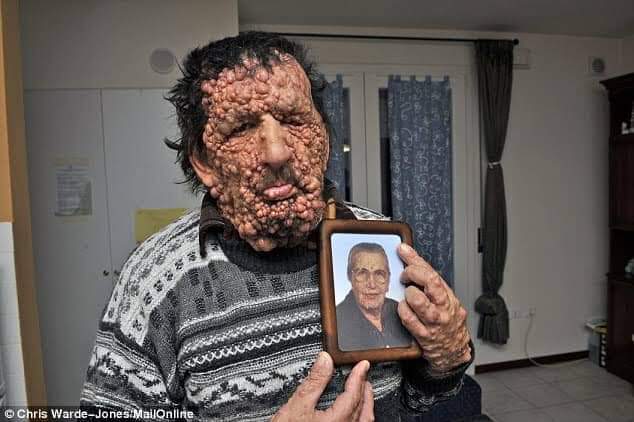
According to Vinicio, “No one, not even the driver, came to my defense. In fact, many passengers agreed with the man. That really hurt me.” On another occasion, Vinicio had boarded a public bus to his home. He went to the nearest vacant seat but before he could sit down, the man in the adjacent seat snapped at him, “Go away! Don’t seat next to me.” “I wanted to answer back, but I controlled myself. I felt my blood pressure rise. I had to stay on the bus standing. There were lots of people on the bus, and they heard it all, but no one said a word.”
The story of Vinicio helps us to appreciate the sort of stigmatisation that lepers had to face and endure in the world of Jesus’ time. It also helps us to appreciate that God calls us to treat the outcast, the vulnerable and the marginalised people of our society with love, compassion, and mercy as Elisha did to Naaman the leper, as Jesus did to the ten lepers, and as Pope Francis did to Vinicio.
On account of their condition, lepers suffered marginalisation, stigmatisation, discrimination, exclusion, and loneliness. But Jesus comes along and offers them the gift of healing. The Lord Jesus cares for the sick and vulnerable. He has come so that we may have life and have it in abundance. He wants our wellness and wholeness. He goes out of his way to show love. He sets aside the law to bring succor to the sick. He is motivated by the logic of mercy, by the law of compassion.
The story of the healing of Naaman after his bath in the River Jordan prefigures the sacrament of baptism by which we are cleansed from our sins and obtain new birth by water and the Holy Spirit. In Luke’s Gospel 4:27, Jesus refers to the healing of the non-Israelite Naaman in preference to the lepers in Israel when he said to the Jews in the Synagogue at Nazareth, “There were many lepers in Israel in the time of the Prophet Elisha, yet none of them was healed except Naaman the Syrian.” In this way, Jesus was giving a proof that God’s love and concern is not restricted by ethnic or communal boundaries.
God is a God of all, and we are all his children. It is God’s desire that all his children, Jews or Gentiles, Hausa or Igbo, Yoruba or Efik, White or Black, should have the gift of abundant life. The God who healed Naaman of leprosy can also heal us of our own spiritual leprosy which prevent us from recognising Christ in the faces of those who suffer. The Lord who also healed the ten lepers can also heal us of the leprosy which prevents us from being grateful to God for His goodness to us.
Let us emerge from this house of God today with gratitude to God in our hearts for all his blessings. Let us also continue to ceaselessly proclaim the praise of the Lord who has healed us in Christ. May the Name of the Lord be blessed both now and forever more. Amen.





